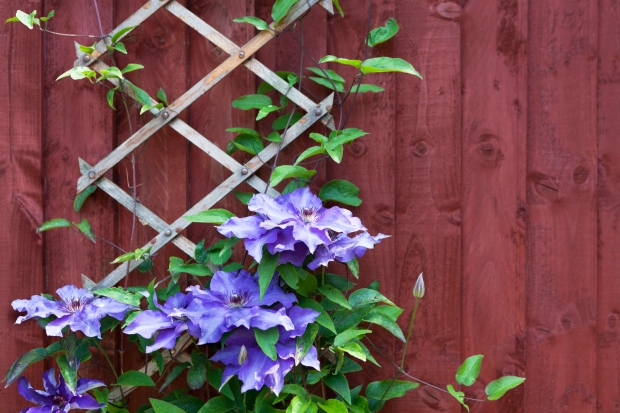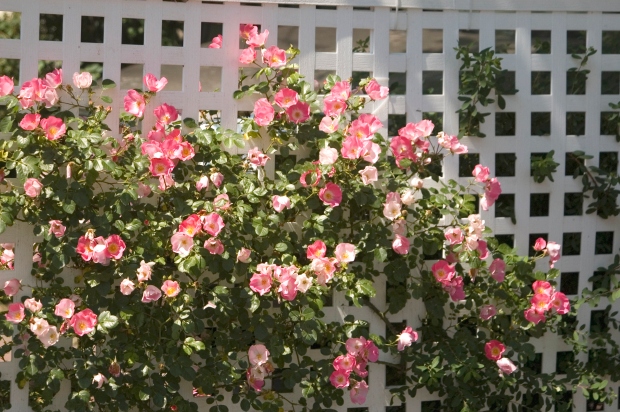Growing Vines for Flower Production
By far, the most popular forms of vining plants are those that produce flowers. Fast-growing vines can have showy flowers with plenty of fragrance to turn your outdoor lounge space into a retreat.
They offer an easy way to add some color to the sides of your home or to camouflage a neighbor’s fence. Or, incorporate some vines into your flower gardens to add visual interest by creating a vertical dimension. Well-placed flowering vines will draw the eyes upwards and make small spaces feel more expansive.

Annual or Perennial? Why Not Both?
Deciding whether to commit to annual or perennial vines depends on whether you want instant gratification or are willing to wait for plants to get established.
Thankfully, there’s no reason to choose! Many gardeners interplant annuals and perennials together, especially in spaces where the support structure will stay long term. The annuals will grow fast and bloom right away, so you get a big boost in color. Then, as they die back, the perennial will begin to pick up steam, and you’ll benefit from years of blooms.
Think Through All Seasons
If you’re choosing flowering vines based on their visual impact, it’s important to think about how they will look throughout each season. Many might bloom for just two weeks of the year, and leave you with a somewhat ugly stem the rest of the time.
So, if you’re placing the vines in a high-traffic space, consider prioritizing varieties that flower repeatedly or that produce beautiful leaves the rest of the time.

Planting Flowering Vines
Most flowering vines are easy to establish. Annuals can usually be started from seed once the risk of frost has passed, while perennials are more often purchased as potted plants. Make sure the soil is prepped well beforehand, and add some compost to the planting hole.

Flowering-Vines-Maintenance
Plan to water lots the first year as your plants get established. Depending on the variety, you may want to deadhead old blossoms to encourage the plant to keep up production.
For the first year of growth for some perennials, it’s often best to trim off any flower buds before they open so that the plant puts more energy into root production instead. The loss of color now will lead to better blooms in the long term.
